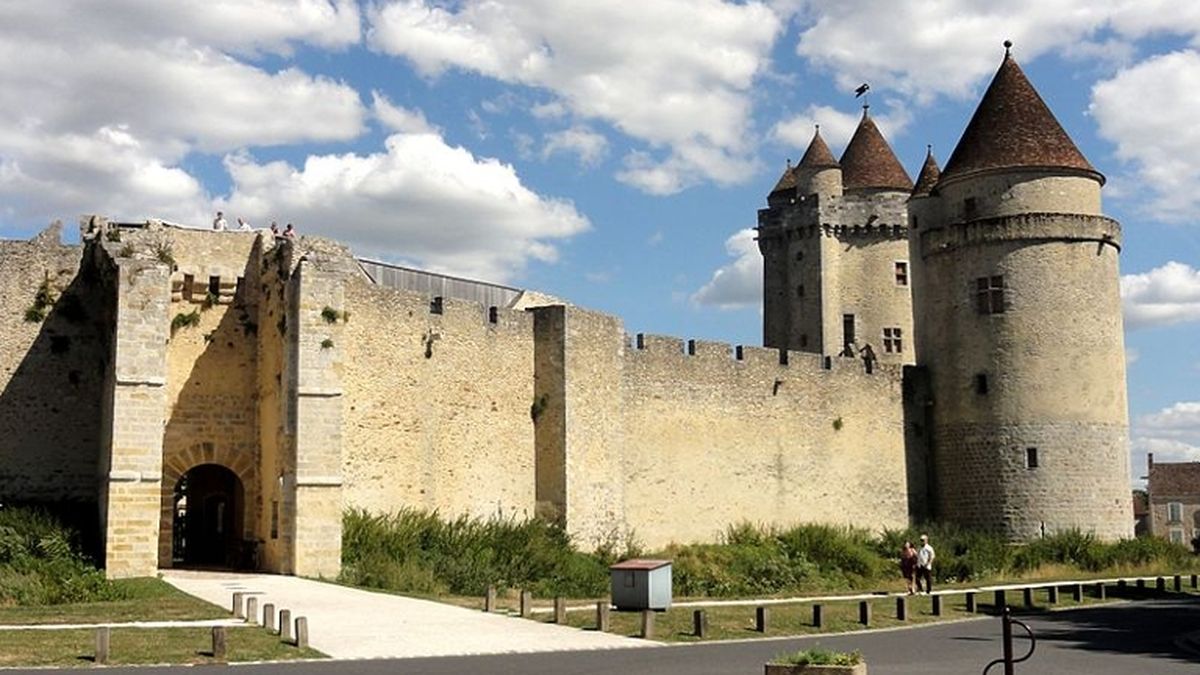 The castle | ©P.poschadel / CC-BY-SA
The castle | ©P.poschadel / CC-BY-SAIn the 14th century, Paris and Ile-de-France area were threatened from every side: to the West by the English, to the East by the Burgundians.
King Charles V decided to fortify the Louvre and Bastille in Paris, but he also asked his lords to do the same with their castles.
That way, Jean II de Chailly, count de Tancarville, reinforced his fortress of Blandy.
Re-built between 1371 and 1388, this castle became a huge and important fortress, about 100 metres long and 60 metres large, flanked by 5 towers, with a small main building and a chapel.
Let's go, come with me... here, we have the 35 metres keep with its 3 metres thick walls. Here, Archives' tower, then Justice's tower (the jail) and Guards' tower. The only entrance was protected by a drawbridge...
Blandy's heiress was Marie d'Harcourt, wife of Jean Dunois, famous "Orléans’ illegitimate child", Joan of Arc's comrade in arms.
In the 16th century, the Orléans-Longueville family transformed the castle into a nice residence: they crowned the towers by pepper box roofs, transformed the buildings...
Big renaissance buildings were raised, cutting the courtyard in two part. In the 18th century (1707), the marshal de Villars bought the estate in order to extend his Vaux-le-Vicomte estate (located a few kilometres away): he completely neglected castle of Blandy.
In 1730, Villars sold it to a farmer, who transformed it into... a farm. Blandy was damaged, but the farm would stay until 1914.
Seine-et-Marne departement bought it in 1992, and restored it little by little.
